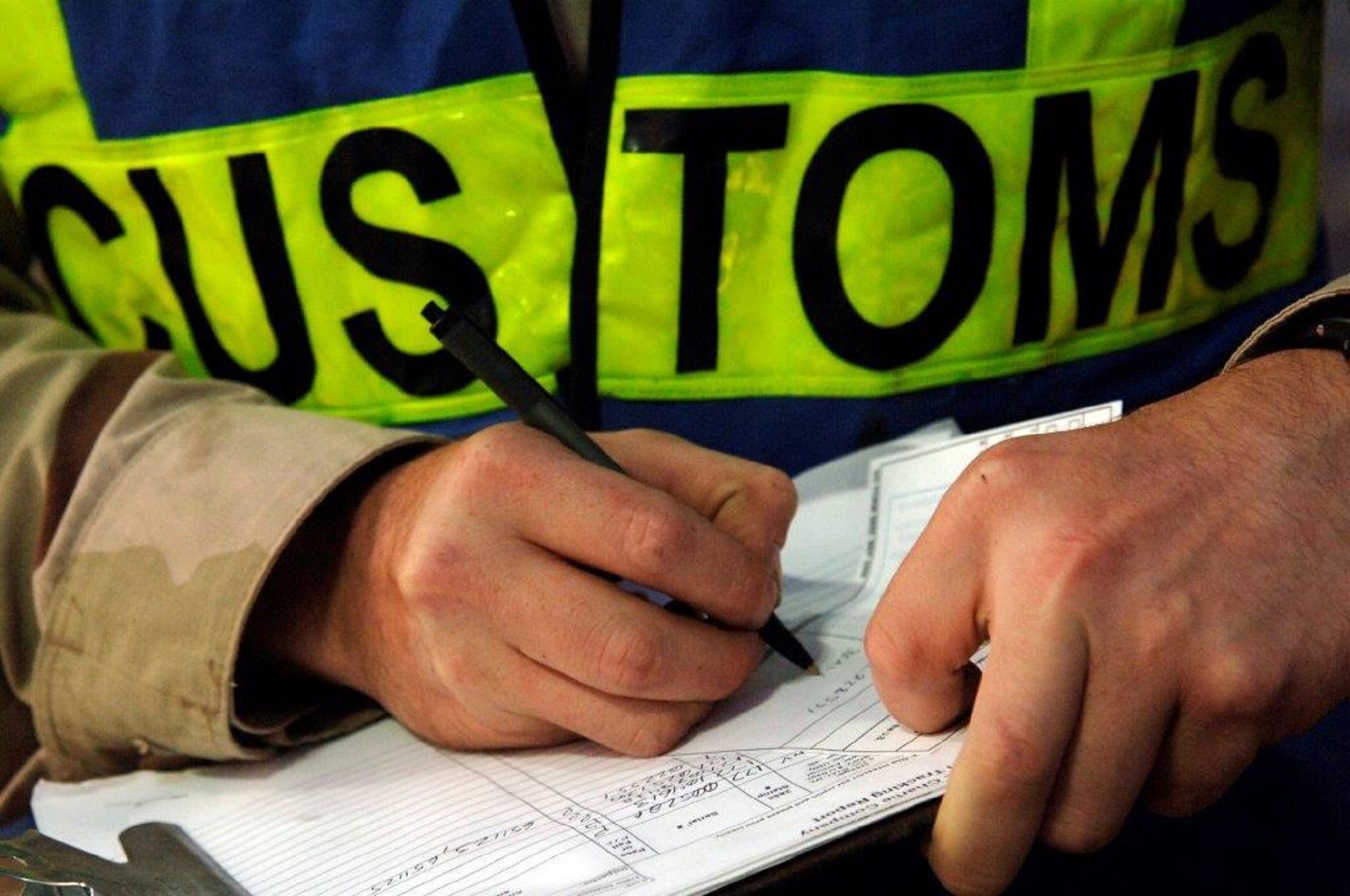The Dutch Tax Plan 2019 provides for an increase in the current reduced VAT rate from 6% to 9%, effective as per 1 January 2019. If your company supplies goods or services subject to the reduced VAT rate of 6%, this increase will likely impact your business. In this memorandum, we discuss the consequences of the reduced VAT rate increase.
The essence of the change
In the Netherlands, the reduced VAT rate of 6% applies to a range of goods and services which are listed in Table I of the Dutch VAT Act 1968 – including items such as foodstuffs, medicine, works of art, books and access to zoos and public museums. Effective 1 January 2019, the reduced rate will increase from 6% to 9%.
No transitional provisions
The Dutch government has chosen not to include a transitional provision relating to the increase of the reduced VAT rate. This means that the regular VAT rules determine whether an entrepreneur should charge 6% or 9% VAT on taxable deliveries effected around the turn of the year.
If the customer is an entrepreneur or legal entity, the supplier should in principle charge VAT at the VAT rate applicable when the invoice is issued or should have been issued. In case the customer is a final consumer, the supplier should charge VAT at the VAT rate applicable when the goods or services are supplied. However, in case of pre-payments, the applicable VAT rate is the rate when the pre-payment is received.
Overview
Below we have included two overviews which convey the consequences of the VAT-rate increase in a simplified manner. To obtain certainty as regards the applicable VAT rate (e.g. in case of pre-payments, or if the cash accounting scheme is used), we recommend seeking professional advice tailored to the specific situation of your company.
Your customer is an entrepreneur / legal entity:
| When the invoice is issued | Time of payment | VAT-rate |
|---|---|---|
|
2018
|
Payment in 2018
|
6%
|
|
2019
|
Pre-payment in 2018*
|
6%
|
|
2019
|
Payment in 2019
|
9%
|
* In case of pre-payment, the invoice must be issued before the pre-payment becomes due.
Your customer is a consumer:
| Time of delivery | Time of payment | VAT-rate |
|---|---|---|
|
2018
|
Payment in 2018
|
6%
|
|
2018
|
Payment in 2019
|
6%
|
|
2019
|
Pre-payment in 2018
|
6%
|
|
2019
|
Payment in 2019
|
9%
|
The Dutch Secretary of State has indicated that the Tax Authorities will not levy VAT on supplies effected in 2019 for which payment was received in 2018. An example is an event which will take place in 2019 for which ticket sales have already started in 2018.
Practical consequences
The increase in the reduced VAT rate may have various practical implications for your company. For example, it may be necessary to adjust the ERP-system or the invoicing procedures. Further, the question may arise which reduced VAT rate applies to deliveries effected around the turn of the year.
Would you like to know what the increase in the reduced VAT rate means for your organisation? Please contact us.
This content was published more than six months ago. Because legislation and regulation is constantly evolving, we recommend that you contact your Baker Tilly consultant to find out whether this information is still current and has consequences (or offers opportunities) for your situation. Your consultant will be happy to discuss the latest state of affairs with you.



